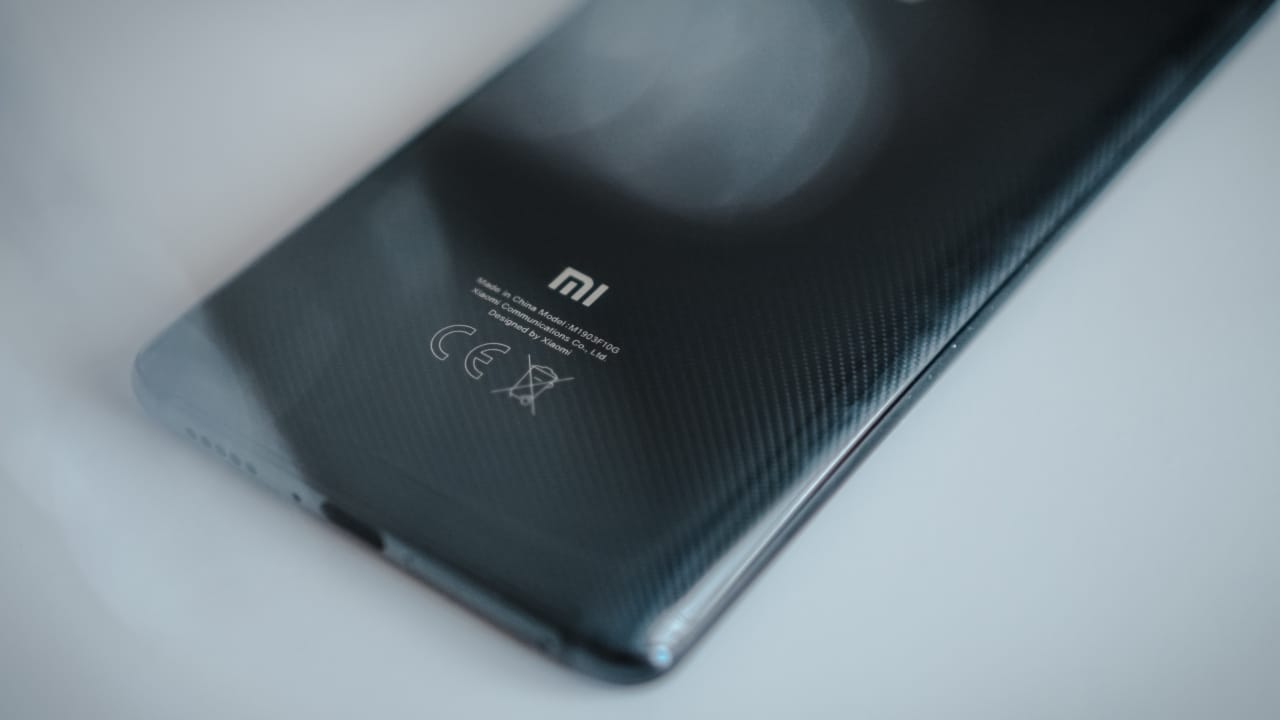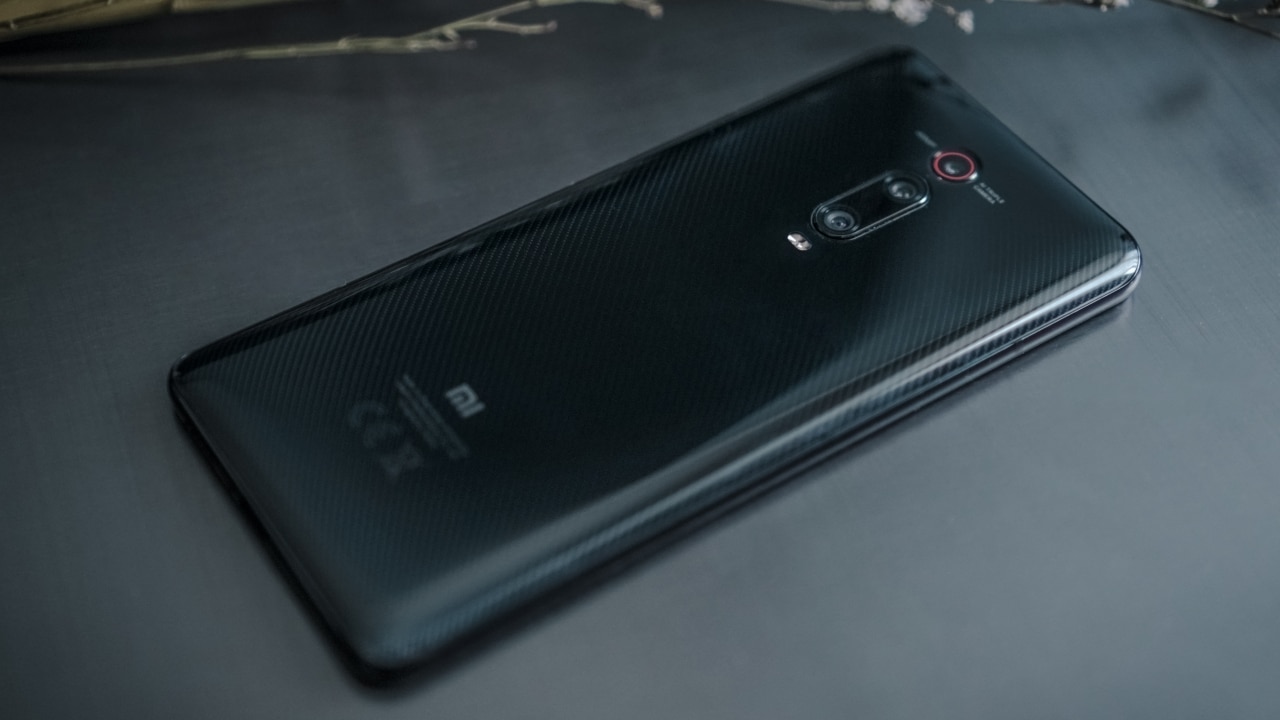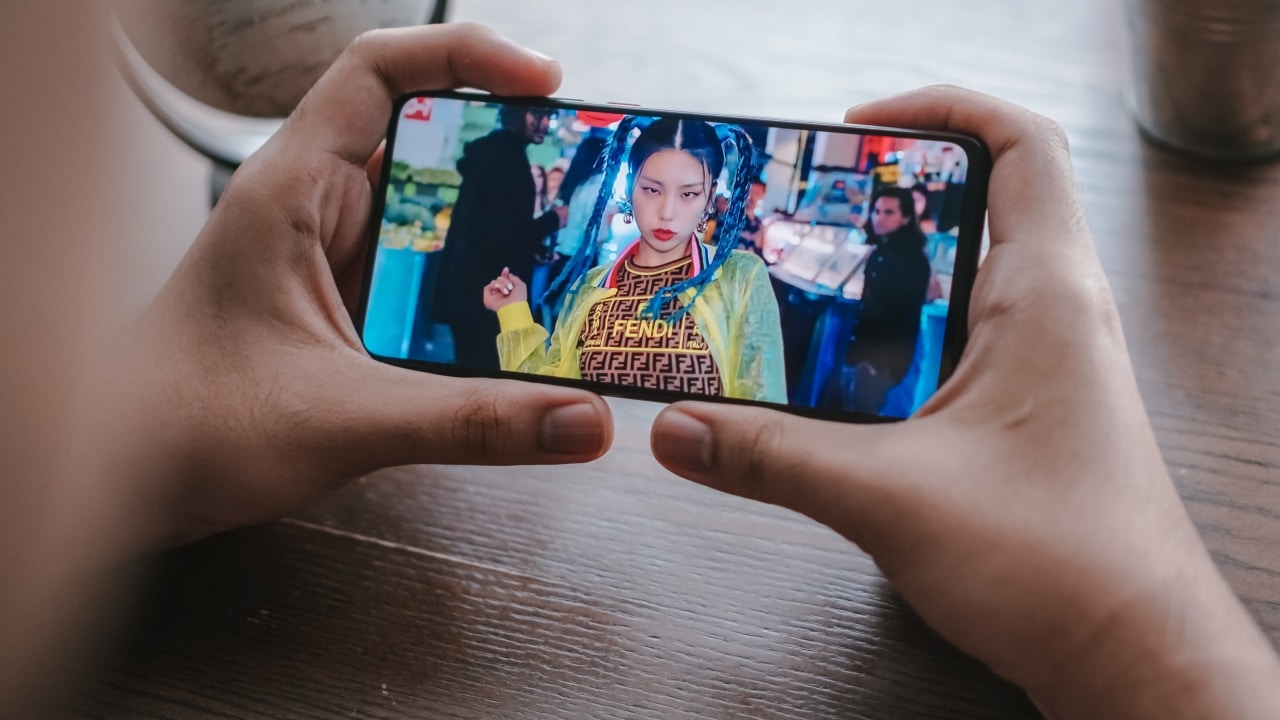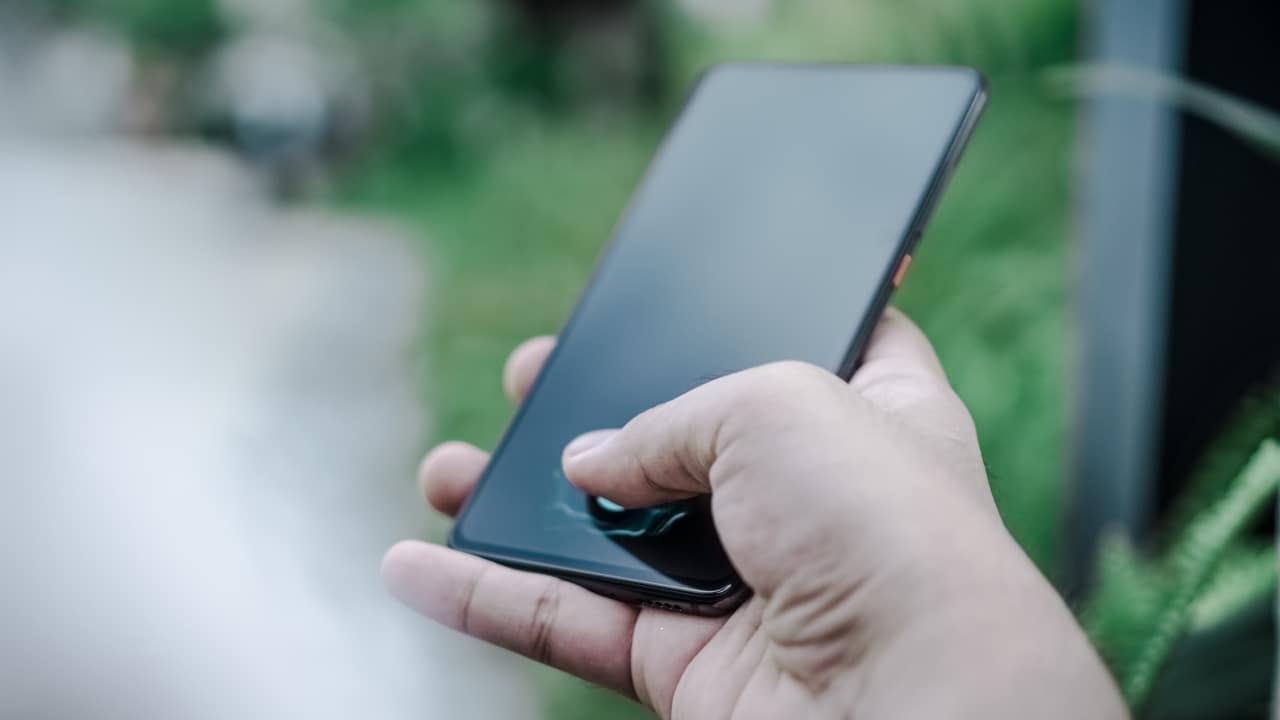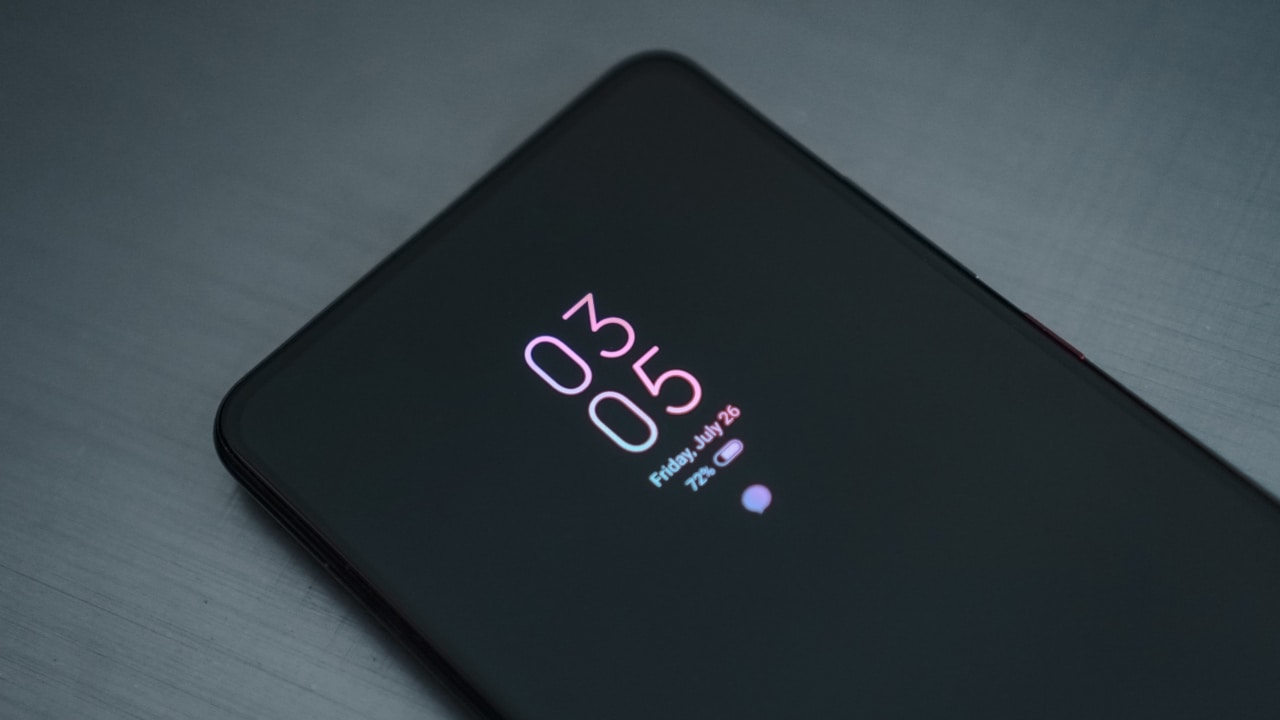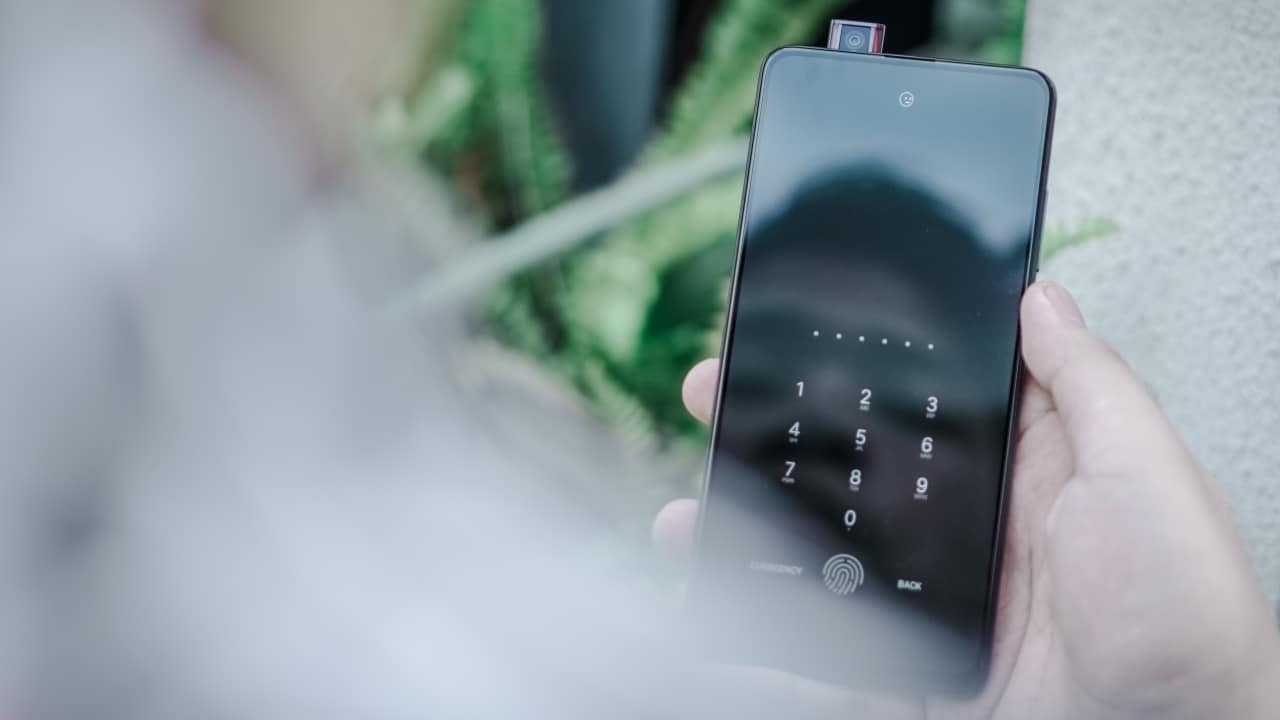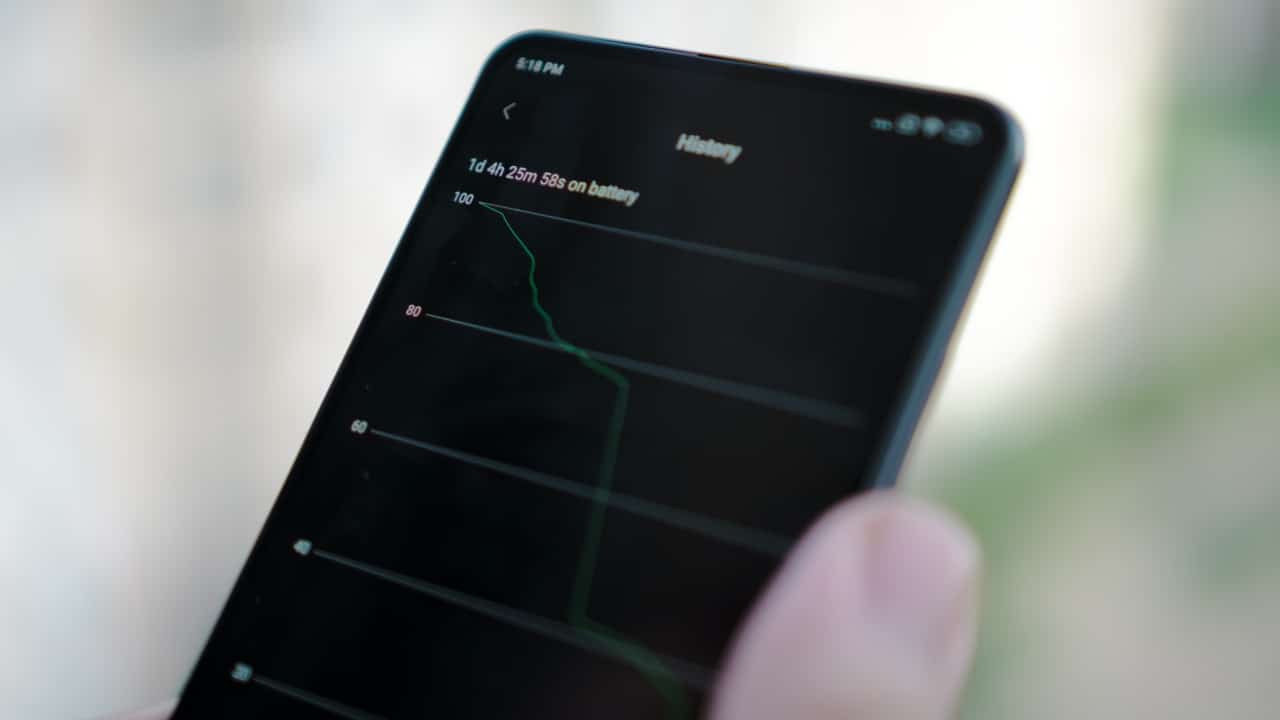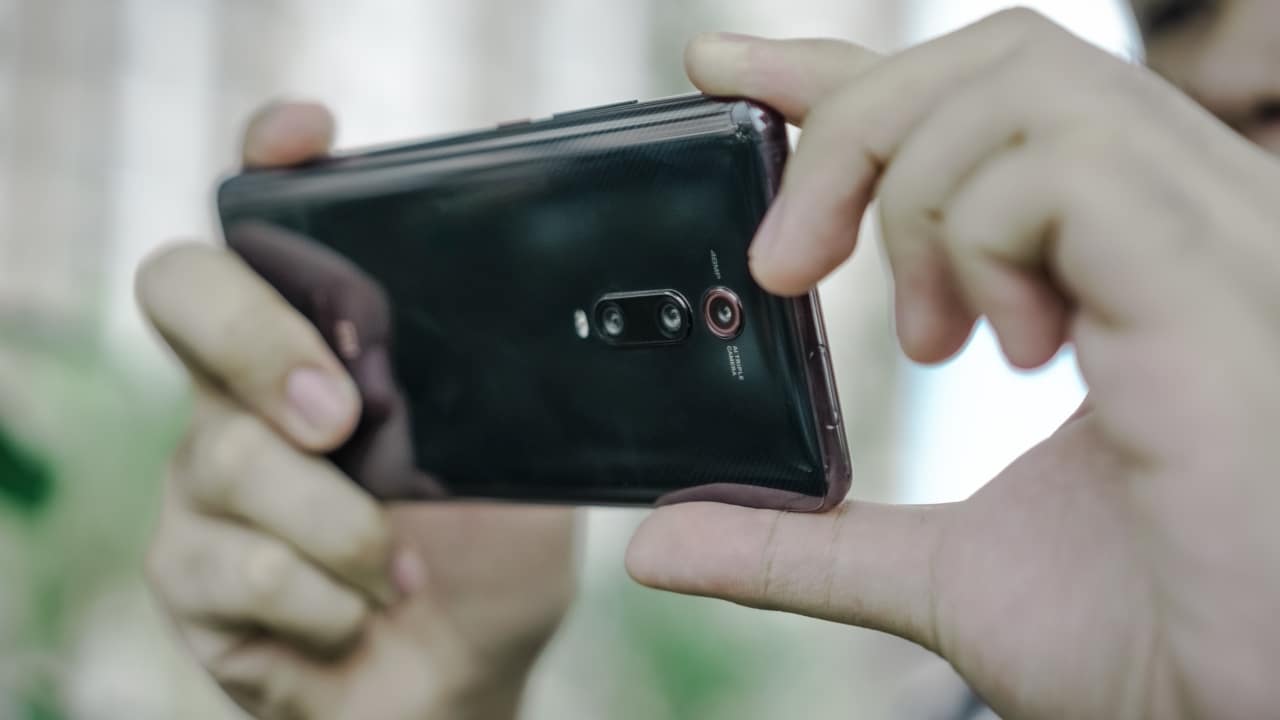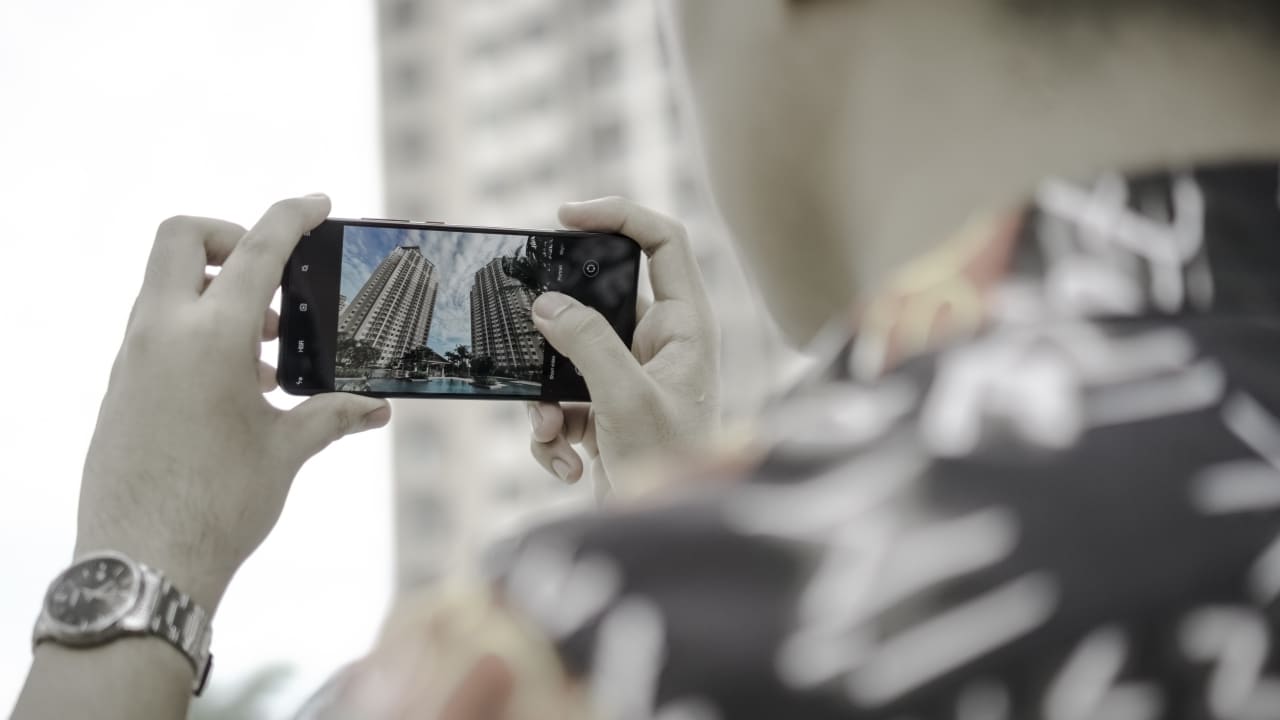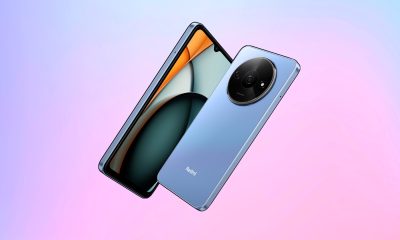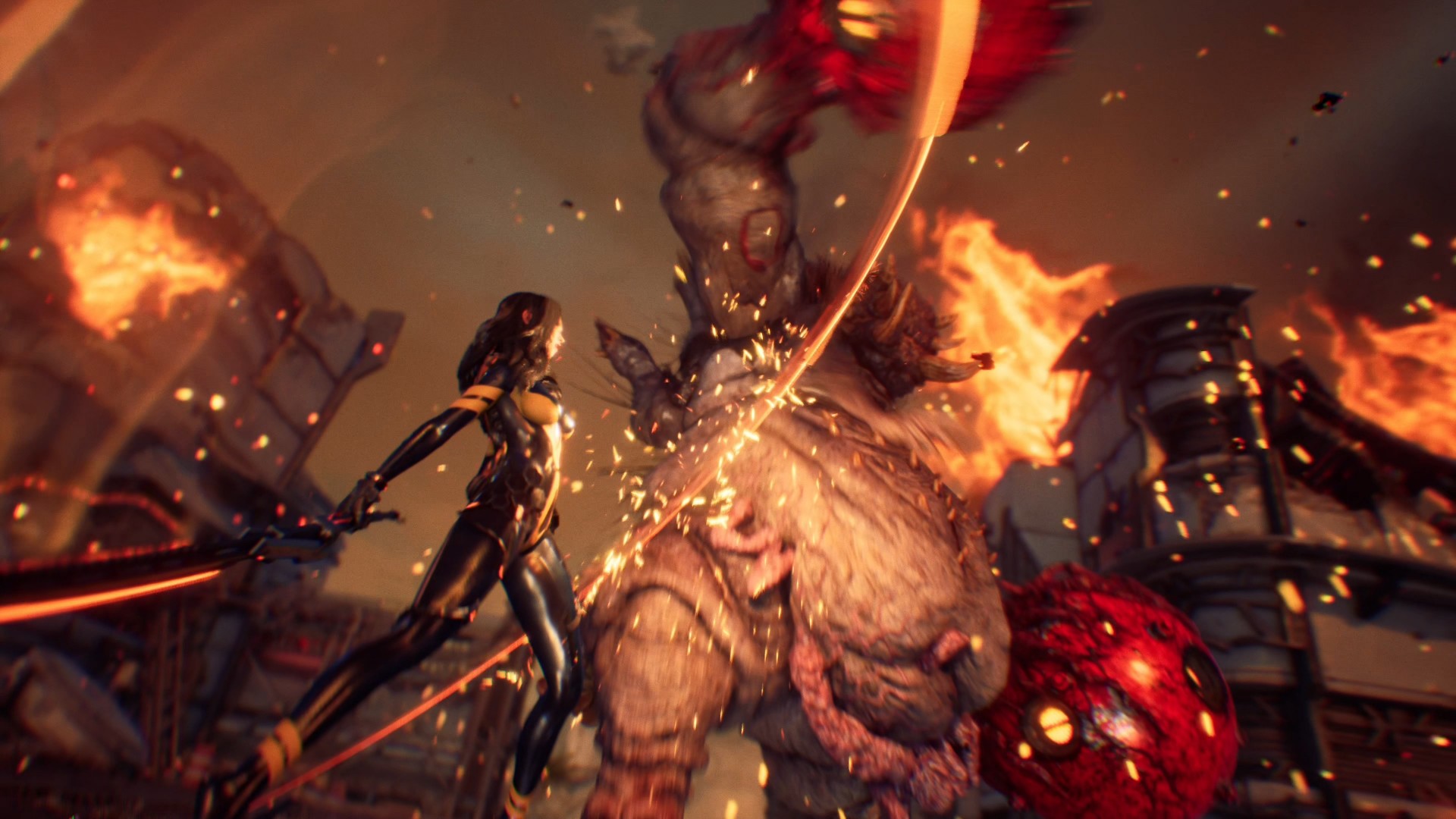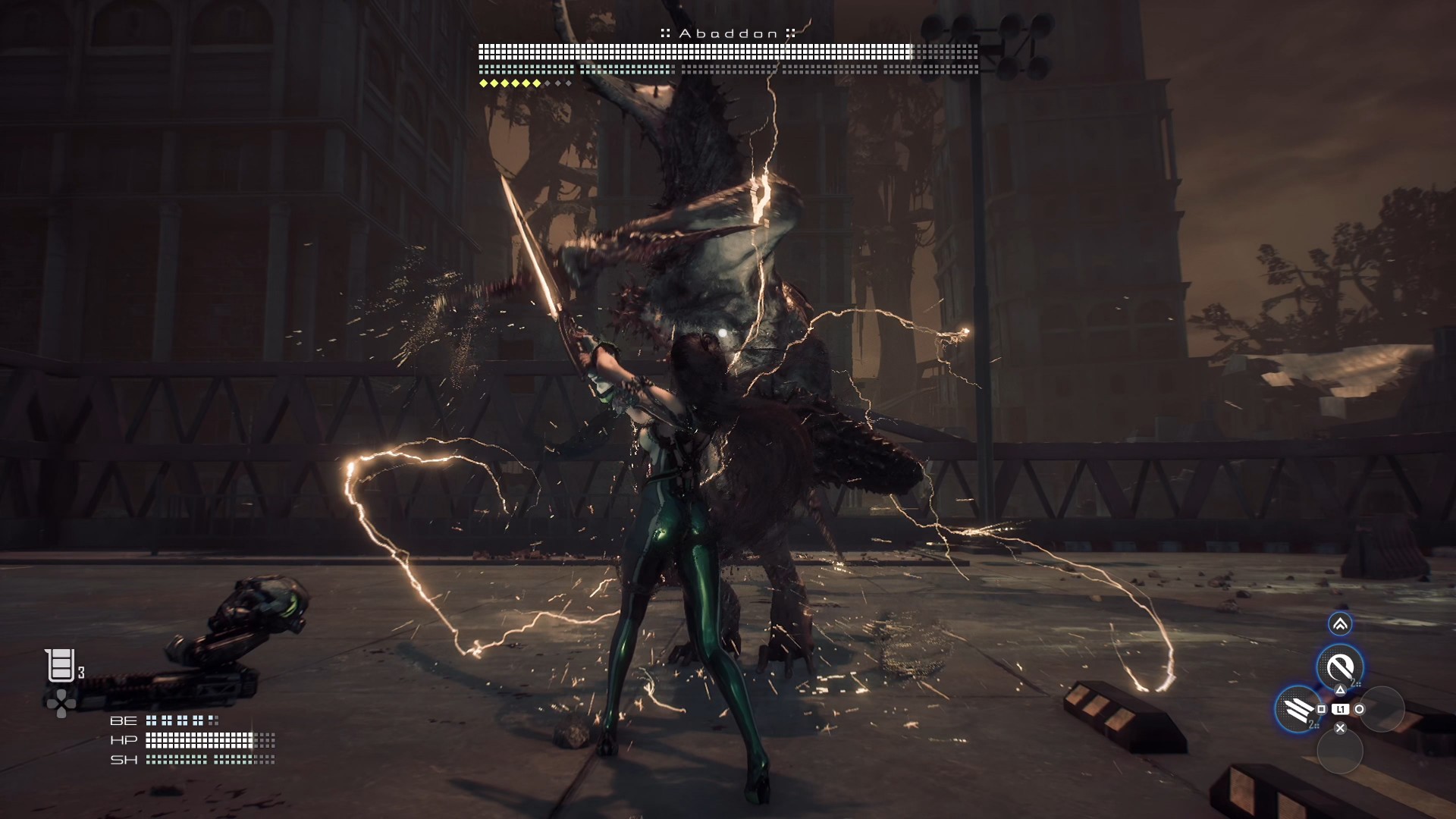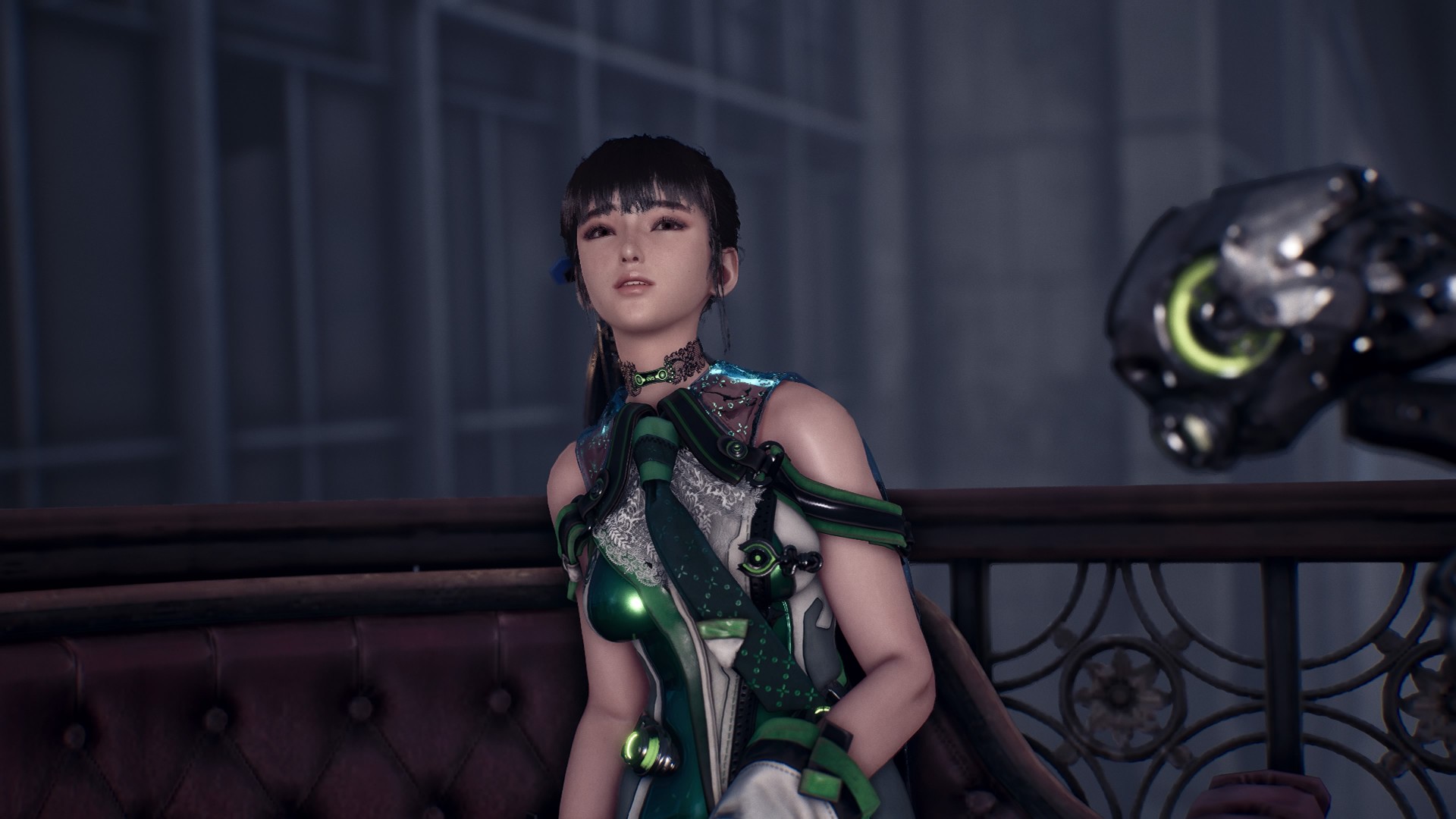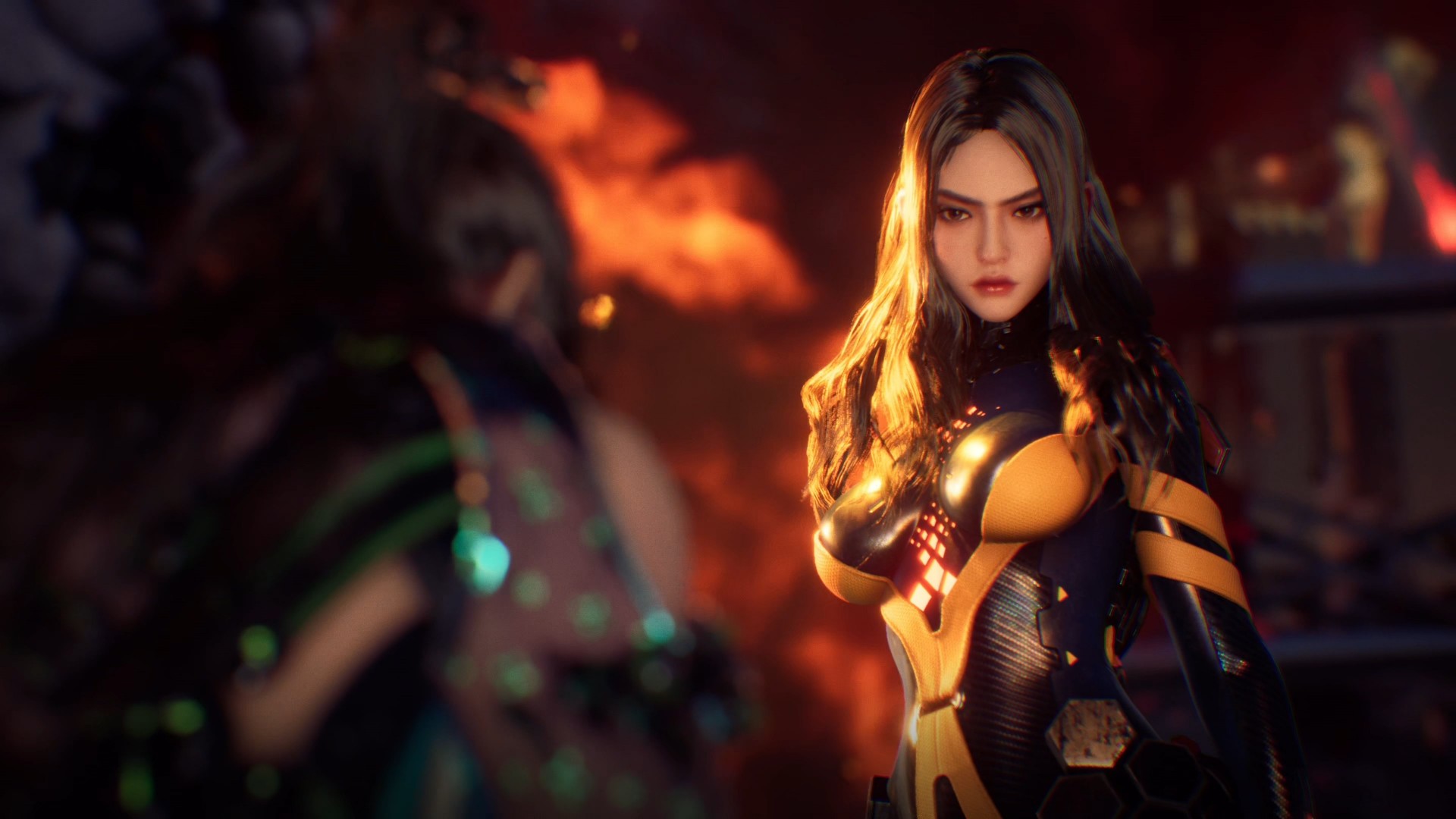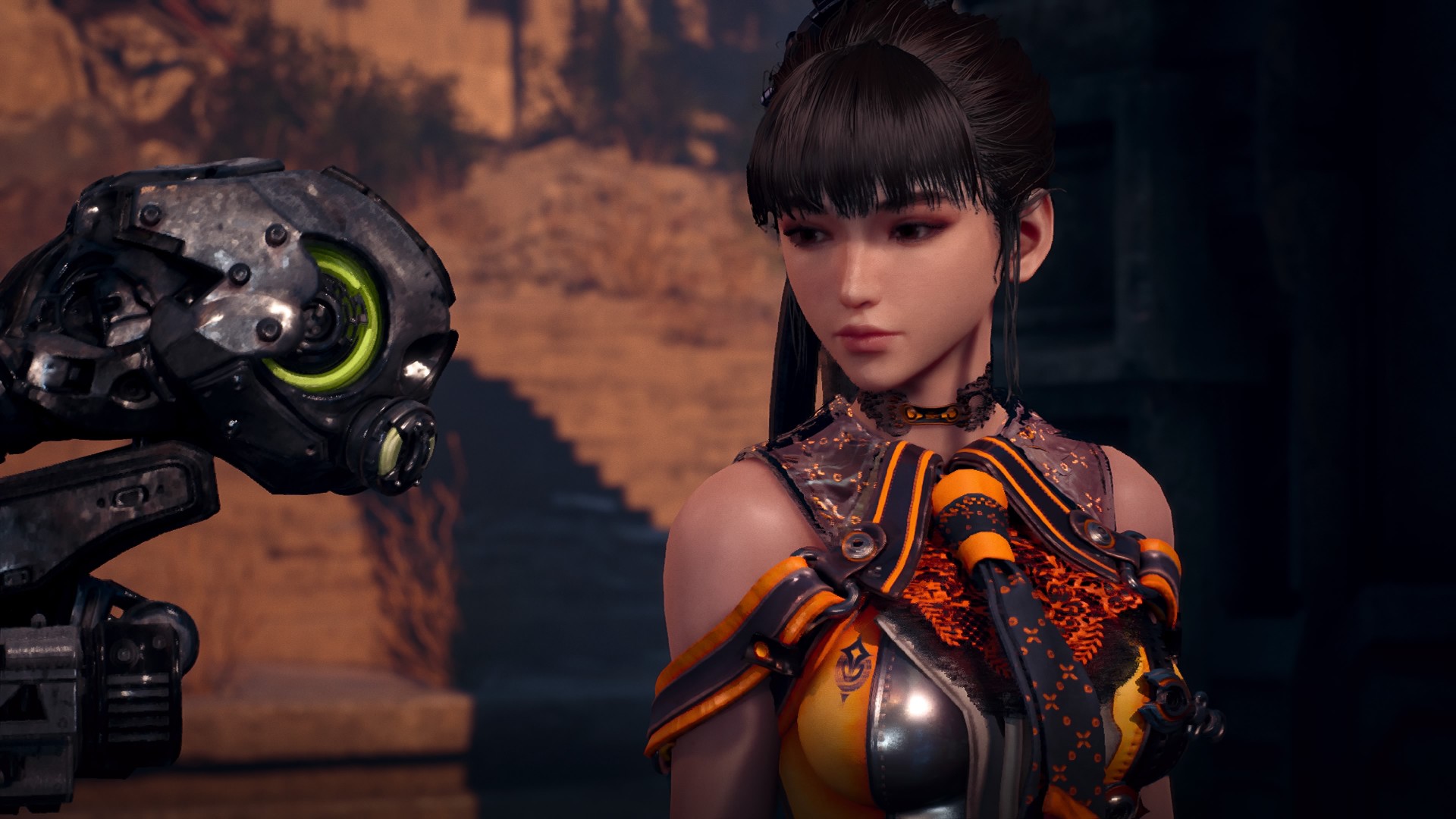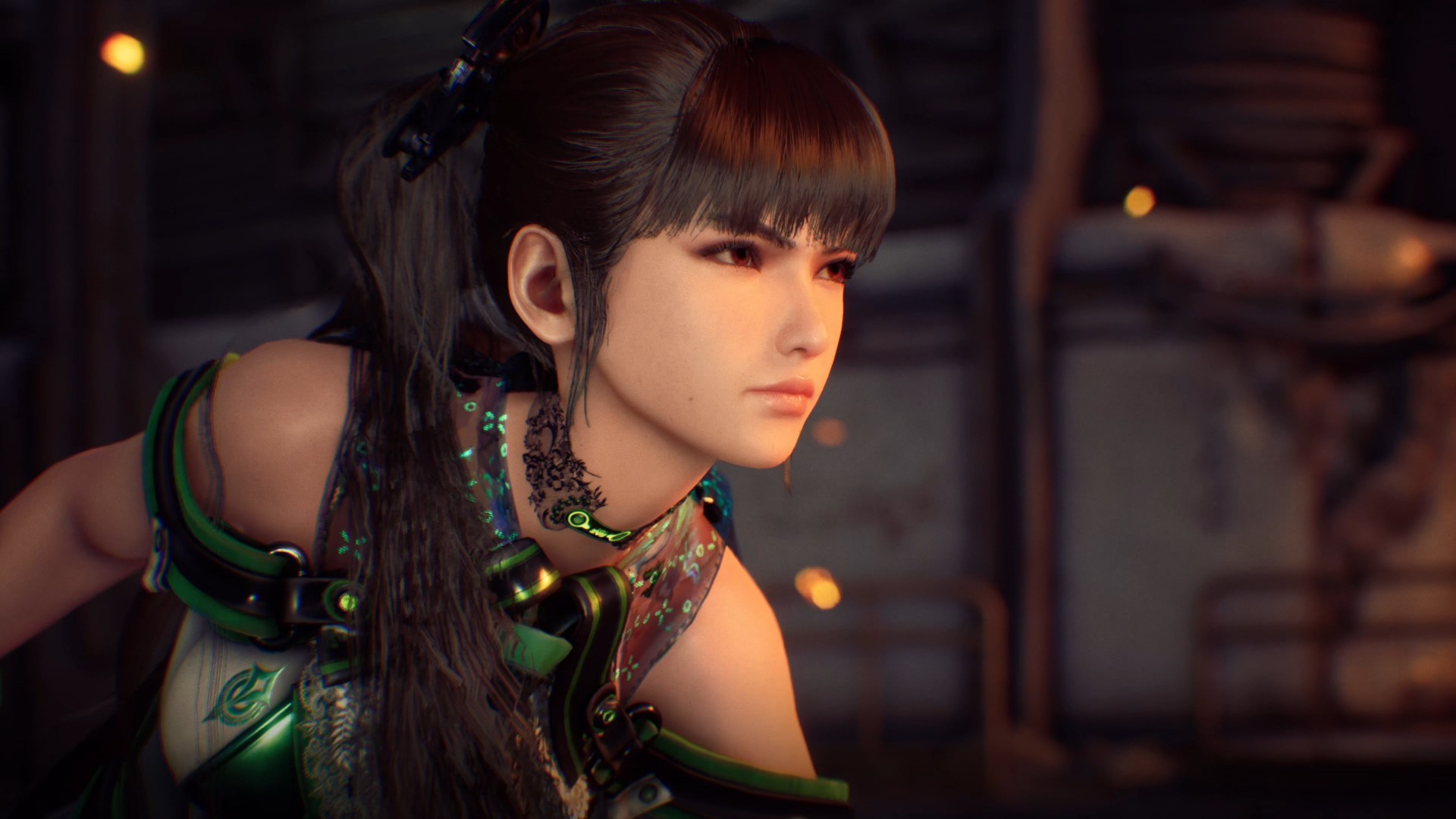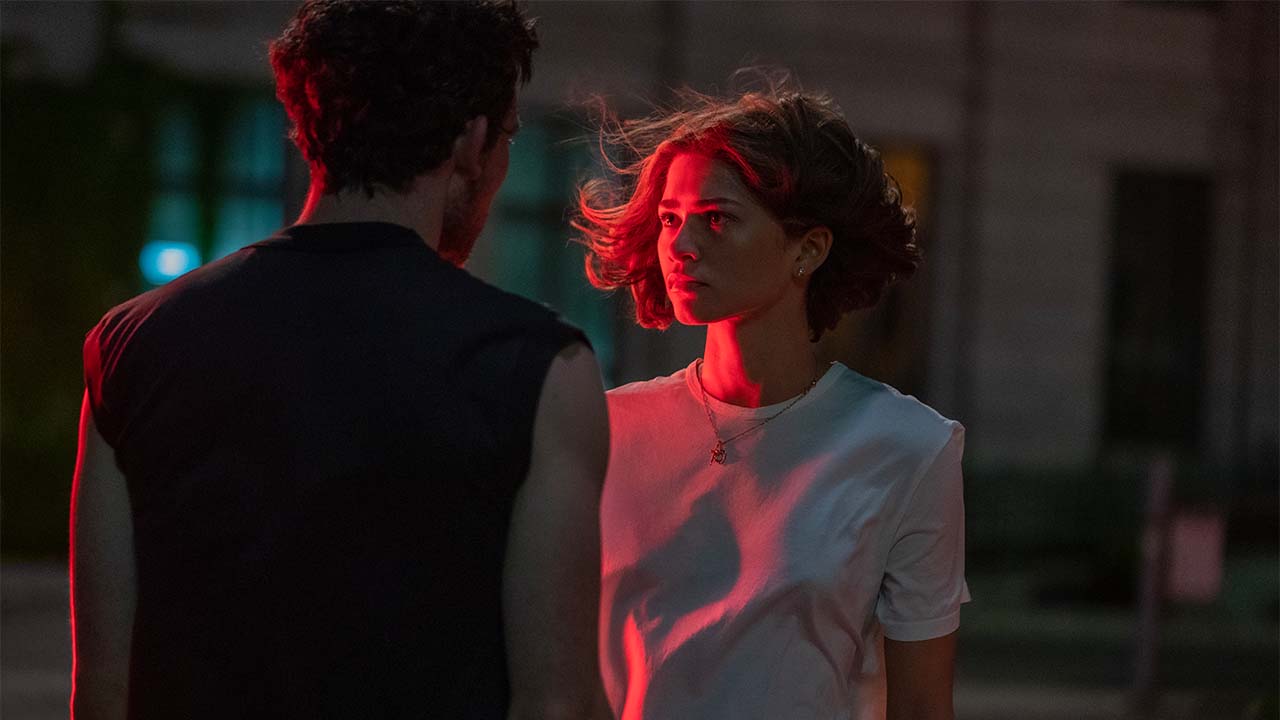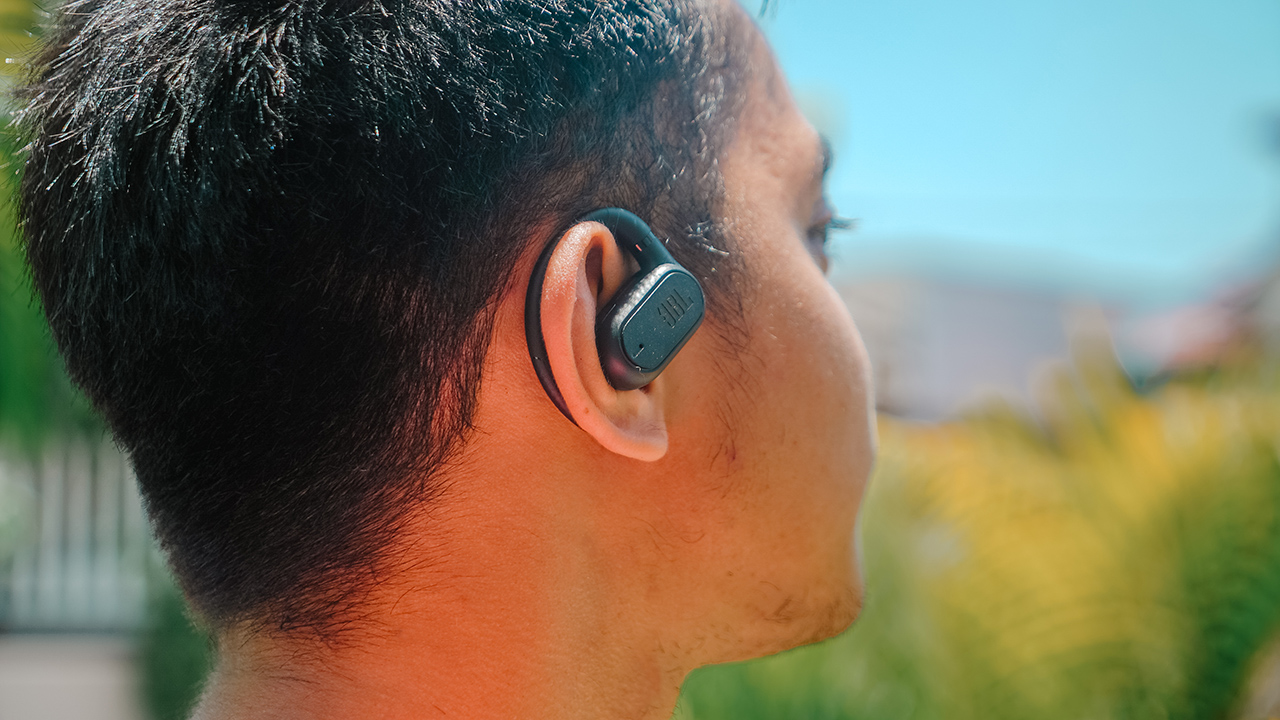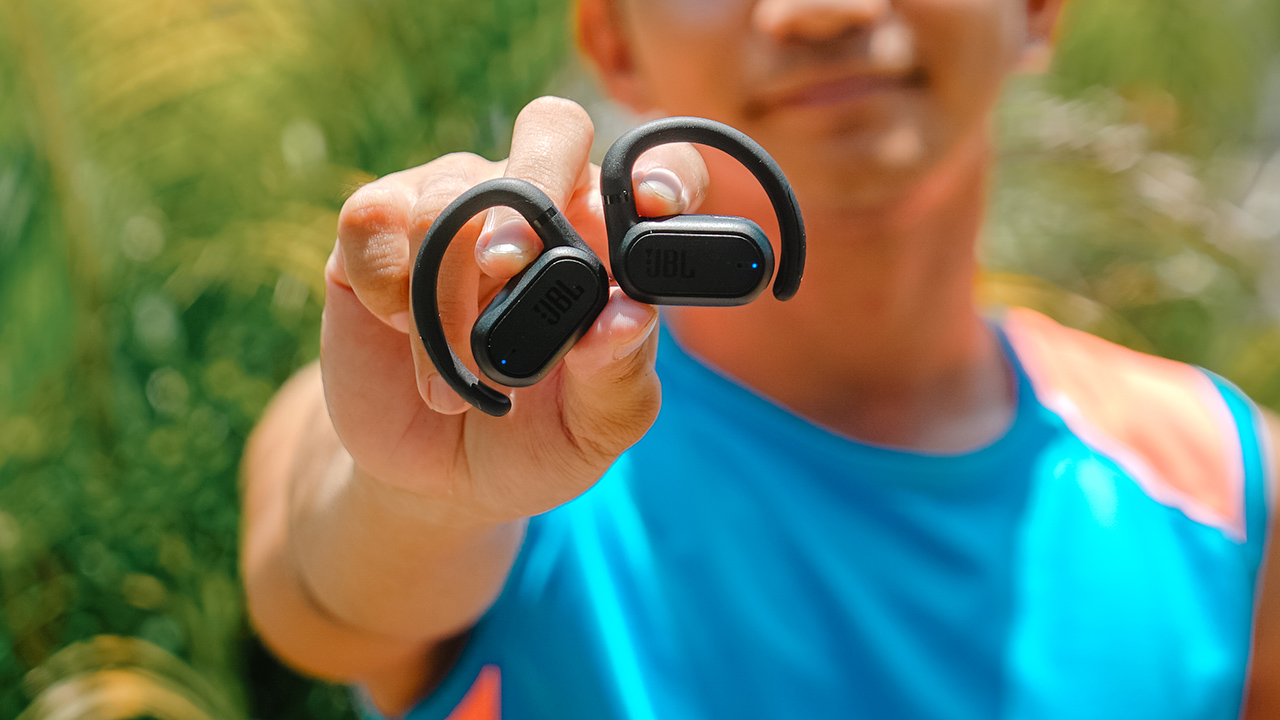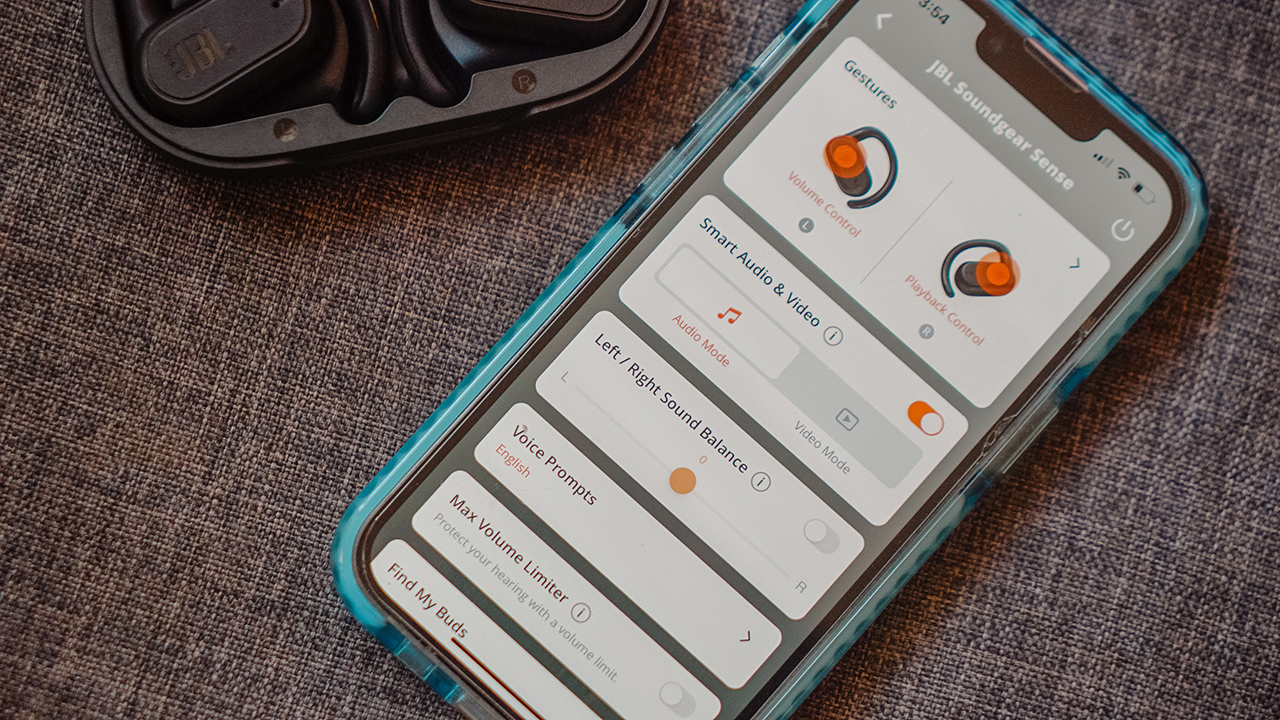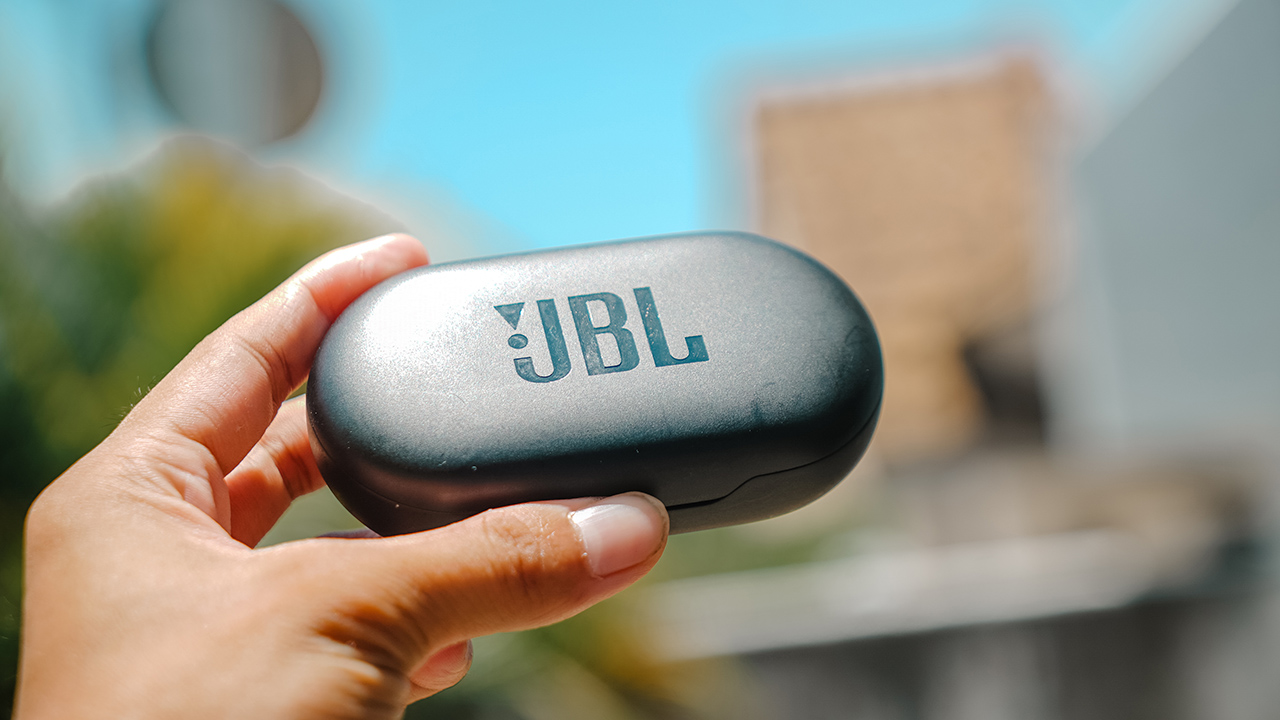
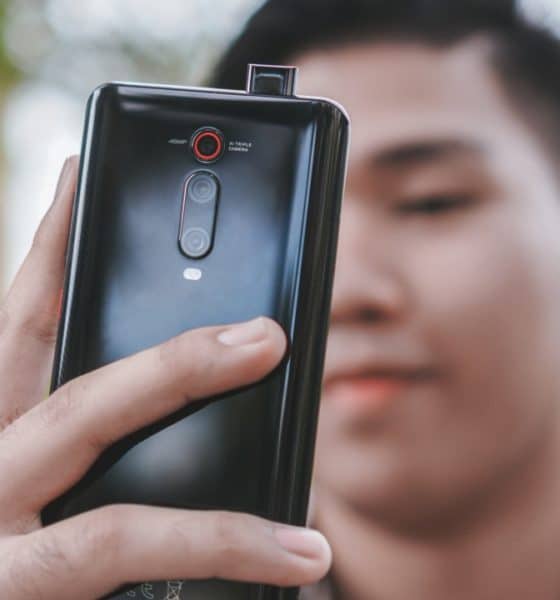
Reviews
Xiaomi Mi 9T Review: An iPhone user’s take
Flagship-like performance for less than half the price
Three years had passed since I last used an Android phone as my daily driver. It was a Samsung Galaxy Note 5. It performed so well that I got upset the moment it stopped functioning. I had since been using an iPhone — the 6 Plus and the XR. Before the Note 5 I had used the iPhone 3Gs and the iPhone 4S.
I’m no stranger to using non iPhones though. The phones I’ve used has been mostly a mixed bag: Nokia 6070, Motorola SLVR L6, Motorola RAZR V3i, Sony Ericsson F305, and Samsung Wave. So when I was given the chance to use the Xiaomi Mi 9T, I welcomed the experience with open arms.
Unlike the OnePlus 6T which is the more advanced version of the OnePlus 6, do not confuse yourself as the this is not the “Pro” version of the Xiaomi Mi 9, not even the Redmi K20 Pro.
The design is oddly attractive
Unlike most Xiaomi phones, the rear cameras were placed in the middle. I don’t have OCD (Obsessive-Compulsive Disorder) but I would choose the symmetrical design over anything else.
Although the Carbon Black color does not have any striking effect as the Flame Red or the icy effect of the Glacier Blue, it looks stealthy with those lines that blend well with the design as a whole.
Both the power button and volume buttons are found at the right side of the phone. I like how they distinguished the power button with a red accent.
The top part houses the headphone jack, microphone, and the pop-up camera module. Unlike its Mi 9 and Mi 9 SE siblings, the Mi 9T doesn’t have an IR blaster.
The bottom part shows the speaker grilles, dual nano-SIM card slot, microphone, and (finally) a USB-C port — which other manufacturers refuse to include on their midrange phones 👀.
It may not have any dual speakers but it’s loud enough when you play music, videos, or games.
I like it BIG
Having large hands, I prefer using big phones (owning a Note 5 and 6 Plus made all sense). It’s just surprising how Xiaomi kept the bezels thin enough to accommodate this massive display in such a form factor.
The AMOLED display makes visuals pop-up (pun intended)
One thing I miss about the Galaxy Note 5 is its Super AMOLED display. Xiaomi Mi 9T has a 6.39″ Full HD+ fullscreen display with the same AMOLED technology that showcases deeper blacks and whiter whites in comparison to other phone screens. My iPhone XR with an IPS-LCD display can’t relate to this display superiority.
The HDR display is a nice addition
Not all phones are created equal — but the Mi 9T boasts HDR compatibility, specifically for Netflix. It may not matter to most people but personally, it made my entertainment experience a lot better.
In-display fingerprint scanners are not perfect but they work fine
With this display tech, it’s expected for this phone to have an in-display fingerprint scanner. Although it’s nowhere near the accuracy of phones with physical fingerprint scanners, it still does the trick.
Ambient display is underappreciated
Ambient displays or the Always-On Display (AOD) is an Android feature I (desperately) want iOS to have. It has kept me updated with my social media updates by just glancing without ever unlocking the phone.
The pop-up camera solves the notch dilemma
Pop-up cameras are not really my cup of tea as I don’t take selfies that much, but I would still choose them over bothersome notches and punch hole displays.
No one can really tell how long it will last because of its motorized parts, but I would keep this feature for the sake of keeping the fullscreen display (not until companies make in-display cameras a thing).
Face Unlock doesn’t make sense
Honestly speaking, the pop-up camera takes a while to appear. The added facial recognition doubles the unlocking time, making this feature senseless. I guess I was just used to the speed, accuracy, and reliability of Apple’s FaceID.
Surprising performance for less than half the price
This Mi 9T is equipped with Snapdragon 730, 6GB RAM and 64GB of onboard storage. I don’t wanna focus on the specifics but in my experience, it performs well as I was able to play graphics-intensive games like SimCity: Build It for several hours.
Some minor issues I noticed are the casual lags while playing, specifically when I simultaneously build and upgrade buildings. Also, games like Asphalt 9 can’t be downloaded from the Play Store due to compatibility issues with the display. APK files might work although I don’t recommend that as it might ruin the device. Another I noticed is that the phone is prone to accidental touches when in landscape mode. This can be frustrating especially since most games include small elements found at the edge of the screen.
Overall, I would say performance is on par and can keep up with the competition.
MIUI 10 felt familiar
I’m aware that there are differences among Android phones when it comes to the User Interface (UI): Samsung’s One UI, Huawei’s EMUI, ASUS’ ZenUI, Oppo’s ColorOS, Vivo’s Funtouch OS, you name them. I was also able to use the Xiaomi Mi A2 before but instead of MIUI, it runs Google’s Android One.
Using the MIUI 10 felt familiar to me though. There are a lot of bells and whistles when it comes to features — but in a good way. UI is ever-responsive and multitasking is a breeze. There were some hiccups especially when I use the iOS-like fullscreen gestures, but it’s still more tolerable than my iPhone 6 Plus’ terrible performance.
Battery life is outstanding
The combination of its 4000mAh battery and Snapdragon’s 8nm processor made this phone last for more than a day with normal usage. It’s even ideal for multimedia consumption. The phone was able to keep some 28 percent of spare juice after binge-watching all eight episodes of Stranger Things 3 for more than six hours straight. I watched every episode in 1080p HDR with 75 percent display brightness.
Games are obviously battery hogs, but battery performance is not as terrible as most smartphones out there. It can still last you almost a day after several hours of continuous gameplay. It honestly deserves the “Battery Champ” title among low-midrange smartphones.
Quick charge and USB-C: Two things that work together
It’s 2019, there’s no place for micro USBs anymore. Xiaomi is doing it right with using USB-C as the standard for ports — even for midrangers like the Mi 9T.
Those reversible cables and the existence of 18W Quick Charge make everything less of a hassle. With the charging brick and cable that came out of the box, I was able to observe that it can fill up from one percent to 100 percent in just one hour and 30~45 minutes.
Highlight of the show: triple-treat cameras
Triple cameras are nothing new anymore — but being able to pack three camera sensors at such an affordable price felt like a smart bargain.
Auto Mode works most of the time
Going into the specifics, it has a 48MP f/1.8 main camera, 8MP f/2.4 telephoto zoom camera, and one of my favorites, 13MP f/2.4 ultra-wide camera.
- Ultra-wide
- Wide
- Telephoto
It even works great under dark lighting conditions
- Ultra-Wide | Auto Mode
- Wide | Auto Mode
- Telephoto | Auto Mode
- Ultra-Wide | Auto Mode
- Wide | Auto Mode
- Telephoto | Auto Mode
Using Auto Mode under such lighting condition, I was still able to capture great-looking shots.
Night Mode is stunning
- Night Mode
- Auto Mode
- Night Mode
- Auto Mode
What I don’t like about iPhones is the lack of Night Mode. I even downloaded a third-party app just to acquire the same functionality. Well, that feature already comes in this phone — and it’s impressive.
Portrait Mode, HDR, and AI are doing their work properly
- Portrait mode off | AI off
- Portrait mode on | AI on
- HDR off | AI off
- HDR on | AI off
- HDR on | AI on
But sometimes, I don’t like the camera’s post-processing
- HDR off | AI off
- HDR on | AI on
A lot of people brag about their #NoFilter shots but everyone should take note that post-processing already takes place once a photo gets captured. Applying the principles of photography, not everything that is vibrant turns out to be the best photograph. The camera software’s post-processing technique in one of my shots was an eyesore.
Selfies look decent enough
- Portrait Mode Off
- Portrait Mode On
If you are a selfie addict, it performs well in great lightning conditions. But according to the judgments of MJ (who’s a selfie expert), he would still prefer the Mi 9 SE over this.
Another minor error I experienced while using it is when it stops working and displays “Can’t connect to camera”. It happened not just ONCE or TWICE, but several times. Even updating MIUI 10 does not fix the issue. I hope Xiaomi would resolve this in the future.
As someone who has used an iPhone for several years, there is always the skepticism about the camera quality of midrange phones. Despite the inconsistencies in software performance, Mi 9T has proven that the quality of the cameras should not be compromised regardless of its price.
Is this your GadgetMatch?
Unlike iPhones, getting this will not cost you your two kidneys. The Xiaomi Mi 9T with the 6GB/64GB configuration retails for PHP 15,490. They are also selling a 6GB/128GB configuration for PHP 17,490.
For people who are looking for a smartphone that performs well in all aspects, this is one of the best picks. If you care about the fullscreen display, faster internals, and bigger battery, it’s no-brainer to choose this over the Mi 9 SE as they both have the same price. If you prefer a smaller form factor, choose the latter.
I also recommend this for people who are looking for newer phones to replace their old-generation iPhones. If you are the type of person who uses a phone regardless of the Operating System (Android vs iOS), this is a great choice.

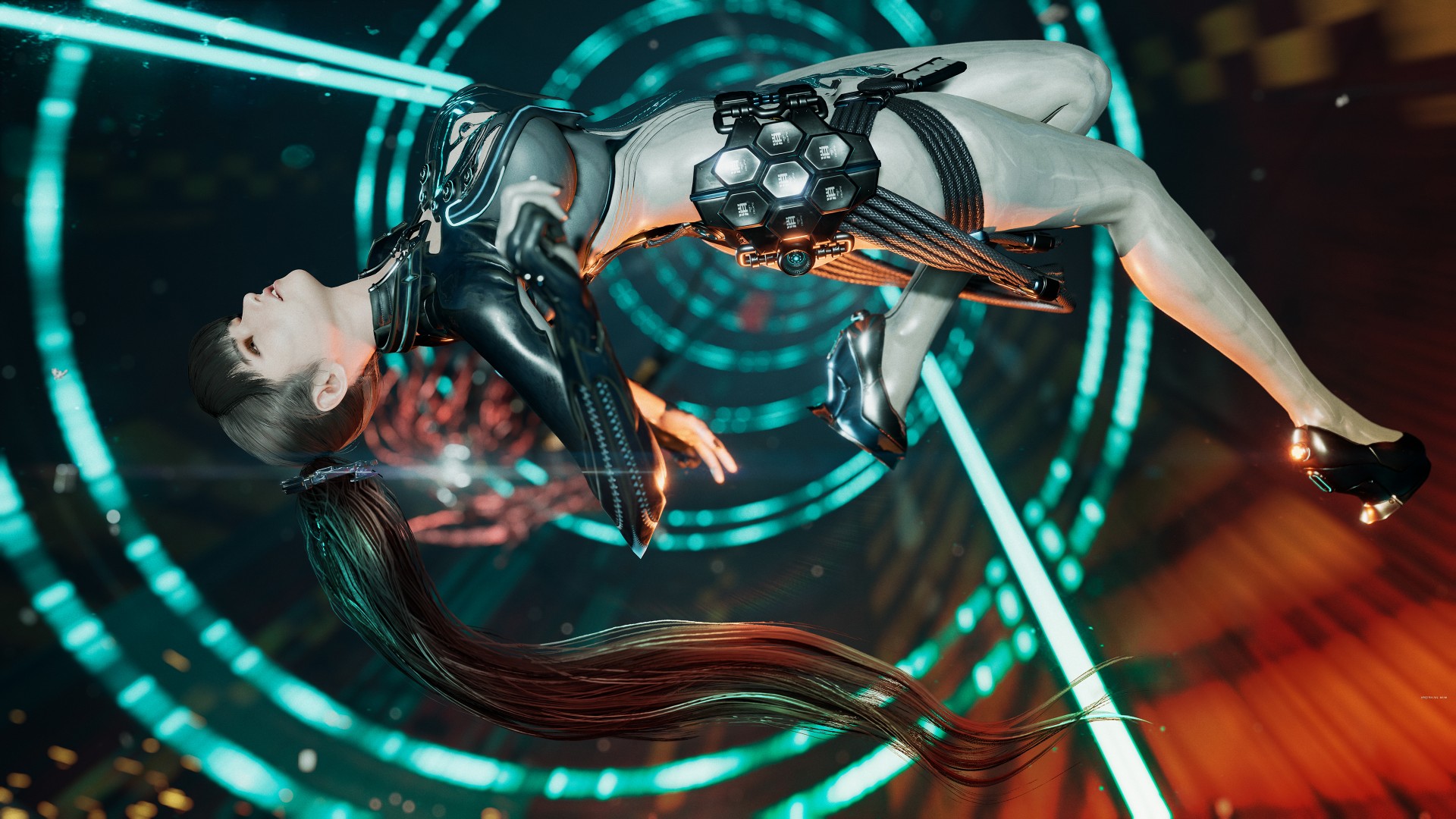
We didn’t have the best impression of Stellar Blade after spending time with the demo. Unlike certain players who poured a full game’s length of hours playing, our reception was lukewarm due to various reasons. But after finally having some time to focus on it, we now have a better understanding of its charm–and that goes beyond character design.
The game’s director has been ever-present in various gaming and tech news websites sharing nuggets about the game and reacting to the many comments made about the proportions of its female characters. That’s a rabbit hole we’re not diving into. Instead, we’re piggy-backing on one of his responses: Just pick up a controller and play it.
Steep combat learning curve
Stellar Blade’s combat didn’t click with us right away. But that’s because we approached it more like a hack-and-slash and not for the precise combo-parry sequence that it demands. A fellow reviewer aptly described our experience: It was a lot more “Soulslike” than we anticipated.
It took a while to get over that hurdle. For one, this writer isn’t particularly fond of Soulslikes. Skill issue. That’s tough considering a big part of this game’s charm is its combat. We can’t say that it fully clicked with us, but it certainly has its moments.
In combat, you have to pay attention not only to your enemy but also to how the protagonist, Eve, acts in different combo animations. If you’re not careful, you might find yourself getting hit during a lull in your combo.
You don’t have to memorize every single combo, although if you could, that’s certainly an advantage. We can compare the practice to memorizing combos of characters in Tekken, although at a milder rate.
Parrying is tricky but that’s not the only way to counter your enemies. One of the first skills you unlock is one that lets you get behind your enemy after they unleash a fatal attack (cued in with blue indicators) and hit back with your own counter. The animation looks so good that you’ll feel like an absolute badass every time you do it. It’s one of the moves that never got old throughout the entire playthrough.
As you progress through the game you’ll unlock ranged weapons that will expand your combat capabilities further. Hard combat enthusiasts should have a field day.
For more casual players, there’s no shame in switching to Story Mode which is what we did for about 70% of the playthrough. It’s easier, sure. But it can still present challenges especially during certain encounters.
The boss battles are TOUGH
We’re going to chalk this up again to skill, and perhaps patience, issue. But Stellar Blade’s boss battles are incredibly tough. Not to the point that you’ll want to throw your DualSense controller though.
What can make it frustrating is that the patterns of the enemies, especially the earlier bosses and mini-bosses, are easy to track. But they’re not exactly easy to deal with.
Parrying becomes an even more critical skill in these encounters. It’s one of the reasons why we opted to slide down the difficulty. Otherwise, this writer will never finish the game.
Pulling from different games, worlds
We have seen many compare Stellar Blade to the Nier games. Other than the setting, another big contributing factor in that comparison is the soundtrack.
During roaming, exploring, and combat, the music will change from time to time. However, they stick to this theme that’s a little eerie. It’s hard for us to describe but it’s almost like a crescendo that never quite swells up. It matches the game’s world perfectly — it feels hollow and devoid of life but still has a sliver of hope.
Combat isn’t the only thing you’re doing here. While it’s mostly linear at first, Stellar Blade offers a healthy mix of exploration, platforming, and puzzle-solving.
The puzzles don’t get in the way of the pacing. They’re quite engaging and offer a decent level of challenge. Roaming and exploration will yield you loot to improve your gear and stats. Occasionally, a Naytiba (the game’s primary foils) will surprise you for a good jumpscare moment.
Stellar Blade doesn’t reinvent anything nor does it offer anything particularly new or groundbreaking. But everything it borrowed from other games is retrofitted to match the game’s vibe and overall aesthetic. The result is a polished experience of familiar gaming mechanics.
Eve
Another aspect that did not grab us as much during the demo is the main character, Eve. The first hour of the game doesn’t do much to endear the player to her.
That slowly changes as you play through the game. Through a mix of cut scenes and world-building collectibles, you get a better sense of what Eve is, her mission, and ultimately her purpose.
If you’re familiar with the animé Violet Evergarden, Eve and that show’s protagonist share a similar character arc. They initially seem one note and bland, but the layers are peeled back as you learn more about them and how they relate to the world and the people around them.
Is she hot? Hell yeah. But as cliché as it is, she’s certainly more than what meets the eye.
Should you play Stellar Blade?
Unlike the PlayStation 5 exclusive that immediately preceded it, Stellar Blade has plenty in common with past PS5 exclusives — visually captivating, cinematic experiences, with satisfying gameplay.
Its level of challenge is closer to Sekiro and Bloodborne but it’s also not quite as difficult. In the same category but certainly not in the same stratosphere.
It also has an alluring charm that goes beyond its aesthetics. As mentioned earlier, nothing about it is particularly new or groundbreaking. But it’s polished and cohesive. There’s something about the overall feel of the game that draws you in and makes you want to see it through.
Stellar Blade is a Day 1 purchase if you’re up for the challenge. And if you consider the game director’s goal of having a high quality AAA console game from South Korea which is dominated by PC and mobile gaming, we say they did just that. Now, it’s just up to us to pick-up the controller and play.
Reviews
Challengers review: A thrilling drama wrapped as a tennis anime
Catch it in Ayala Cinemas starting April 24th

Tennis is more than just hitting a ball really hard with a racquet. There are player tics, serving techniques, mind games, and, of course, drama off the court. Challengers, starring Zendaya, takes the entire game and turns it into a dramatic thriller worthy of Wimbledon.
In Challengers, Art Donaldson (Mike Faist) is an aging tennis superstar desperate for one more big win. His wife Tashi (Zendaya), a retired tennis star in her own right, does everything to coach Art back to his winning ways. Opposite them is Patrick Zweig, a former-friend-turned-rival, facing Art in the final match of a Challenger.
As premises go, Challengers seemingly presents a straightforward sports drama. It’s a simple one-versus-one, after all. However, the film’s 2-hour-plus runtime hides a more complex drama.
The second-strangest ménage à trois in film
The film starts in media res: the first set of the final match. It doesn’t tell you who Art, Patrick, or Tashi is. It’s just a friendly match. There are, however, questions abound. Why is Zendaya’s character looking intently at one of the players? Why is the other player concerned that she is looking at his rival and not him? Who are these people?
Before you can ponder each question, the film takes you through multiple time jumps. The earliest (and longest) of which — thirteen years ago — sets up the story. Art and Patrick are two best friends and tennis prodigies teaming up to decimate the competition at their school. Everything changes when the two friends catch a match of another young prodigy, Tashi Duncan.
Both friends engage in a friendly competition to see who can successfully flirt with her. The sequence ends in the second-strangest ménage à trois committed to film. (To see the strangest one, catch Alfonso Cuarón’s Y tu mamá también, a clear inspiration to Challengers.)
The time jumps don’t end there. The story quickly volleys back and forth between different times in the past and the present, including years, months, weeks, and even hours ago. Sometimes, the skips result in the cinematic equivalent of whiplash from watching a tennis ball rapidly travel from left to right. But if you just follow the ball, it ends with one of the most thrilling, edge-of-your-seat dramas this year.
Blink and you’ll miss it
Despite how creative the time skips already are, Challengers shines with its subtler elements: the tiny movements, the tics that seasoned sports watchers can catch. Much like how a play-by-play commentator directs a viewer’s attention to what makes a player tick, the film subtly shows you elements of an even deeper story that it may or may not expound on.
Early on, Challengers shows a blink-and-you’ll-miss-it scene featuring Tashi’s knees. If you weren’t paying attention, you might have missed a scar from a surgical incision, hinting at why Tashi retired from the sport.
In that particular example, the film does dwell on it a bit in a past flashback. However, there are plot points that the film just drops on audiences with nary an explanation. For example, you might see telltale injection marks up Patrick’s wrist or a short-but-telling rehab session for Art. The film drops these nuggets only for the viewer to ponder. They’re short, but they paint a compelling picture to complement the action on the court.
It’s a tennis anime
In essence, Challengers is just about a tennis match between two emboldened competitors. However, like an anime battle that takes ten episodes to resolve, the film understands that the sport is not just about results: it’s about all the tiny movements, strategies, and dramas. If Wimbledon was this thrilling all the time, I should probably tune in a lot more.
Challengers shows exclusively in Ayala Cinemas starting April 24th.
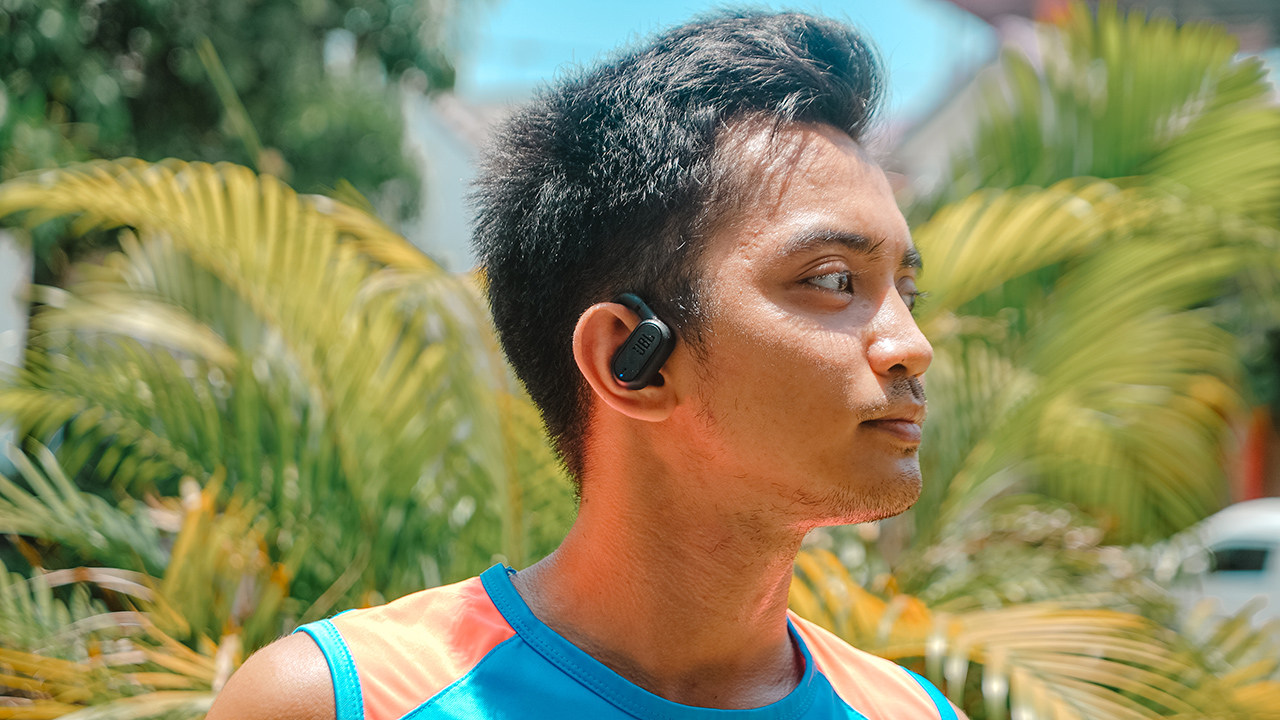
Running has been a form of meditation for most people. To some, it’s a time where your mind goes blank, allowing you to have a break from your stimulated mind.
For others, like yours truly, it’s a moment to sort out thoughts and emotions after having a preoccupied day. A common denominator between runners is doing the activity alone, accompanied only by their smartwatches, a hydration flask, and good music.
I’ve been using true wireless earbuds to accompany me on my runs, but the advent of JBL Soundgear Sense piqued my curiosity.
What is it like to use open-ear headphones when out for a run? To find the answers, I used the Soundgear Sense during my ongoing race season.
Take the long way home
As I put on mileage for my upcoming races, I have been required by my coach to add more slow runs to improve my aerobic base. That entails long, boring runs for an hour or two.
Imagine the agony of finishing a minimum of 10-kilometers by relying on your heart rate and not your pace. That was when I sought solace from the JBL Soundgear Sense.
I didn’t realize that having open-ear headphones would allow me to take on scenic and busy routes without worry that a car might hit me.
Unlike when I use true wireless earbuds that fit snugly in my ears, the Soundgear Sense are hooked and clipped on the curve of my ears without covering the ear canal.
This allowed me to hear my surroundings while still enjoying my favorite songs from Taylor Swift and BINI, a rising P-pop girl group.
Open but still private
Even if the Soundgear Sense has an open-ear design, rest assured that there’s zero sound leakage. JBL’s OpenSound technology made sure that the sound pressure is directed through waves towards the ears, while also reducing sound dispersion.
There’s a certain shame in having people find out whom you’re listening to. Maybe because you don’t intend to share the music you’re enjoying. But if you opt to share your jam, might as well have a Bluetooth speaker, right?
That’s why I liked the idea of keeping it open but still private — in relationships and my wearable. I get to enjoy “Pantropiko” and “Salamin, Salamin” by BINI all by lonesome, while still attuned to my surroundings.
It also helps that each earbud has a 16.2mm driver with a unique bass-enhancing algorithm. The sound allowed me to immerse myself in the songs I was playing, but still aware of the external noises of the streets. Somehow, the Soundgear Sense felt like a second, inner voice whispering thoughts through music.
Hybrid design for hybrid athletes
I don’t just run. I also lift on the same day right after running. Being a hybrid athlete allows me to prepare my body from the demands of multi-sports training and partaking on a Spartan race.
I like how the Soundgear Sense has a hybrid design that makes it apt for different type of workouts. Its adjustable earhooks are clipped perfectly, which doesn’t fall off even when I’m doing plyometrics. It’s also steadily in place even if I sprint and/or do some speed training.
Even when I’m heavily sweating, the Soundgear Sense didn’t slip off. With an IP54 rating, it’s dust-, splash-, and sweat-resistant.
Also, the way it’s designed is secured to fit on whatever activities you have, regardless of sweating. Except gymnastics and parkour, though.
The Soundgear Sense might fall off after you hang or flip from those extreme activities that require being suspended in the air.
For added security, there’s an included neckband inside the box. However, I hate having something dangling on my nape so I never used it.
Moreover, I couldn’t last more than an hour having it clipped even with a supposed hybrid design. It hurts my ears eventually, and I feel like someone was pinching my ears and I couldn’t do anything.
If I have runs for more than an hour, I’d opt not wearing both earbuds.
Easy connectivity
One thing I like about JBL is how easy it is to connect your wearables to your smartphones, be it an iPhone or an Android.
Once both devices are paired, flipping open the case will instantly connect the Soundgear Sense to your smartphone.
While running, I don’t have to constantly check my phone since the Soundgear Sense, along with my Garmin epix Pro (Gen 2), helps me stay connected. With just a single flick on the earbud, I can control my music, volume, and calls.
My friend, Betty, called me one time while I was out for an easy run and she barely realized I was running until I gasped for my breath when running on a steep incline. It’s convenient to have crisp and crystal-clear calls within your reach.
And to make it more convenient, the touch controls can be personalized to your liking. On the left earbud, it’s usually the volume control.
One tap and it increases the volume, while double tapping decreases it. When someone calls, you can double tap to respond or you can tap and hold to reject the call.
The right earbud uses the same call control, but it’s automatically set for playback control. You can switch earbuds depending on the gesture you prefer.
All of these customizations can be done using the My JBL Headphones app.
Definitely long lasting
I have had the Soundgear Sense for two weeks now, and both earbuds still have a half battery life from a single charge. As of writing, the left earbud still has 51% while the right earbud has 56%.
Thanks to its charging case, both earbuds keep recharging every time they’re stowed inside.
But if you’re wondering why the left earbud has a lower battery life, it’s not because I spend too much time watching adult-rated content.
A lot of times, I run with just the left earbud clipped on my ear to stay alert from my surroundings. Even with OpenSound technology, I tend to get lost in the music I’m listening to whenever I have both earbuds hooked.
Considering I’ve amassed more than 70km of running mileage for two weeks with almost 10 hours of running, the Soundgear Sense surprised me with its battery life.
I haven’t charged it since then, which made me wonder how fast it would really be, if I get to drain it down to zero and juice it back up to 100. Perhaps, stay tuned on my Instagram and TikTok accounts?
The Soundgear Sense is expected to let you listen wirelessly for up to 6 hours. You get an extended life of another 18 hours through the charging case. A quick 15-minute charge through the Type-C port gives an additional 4 hours of music.
Is this your GadgetMatch?
For an athlete, the JBL Soundgear Sense surely makes every run magical. The design and technology were innovated with runners in mind. The device integrates seamlessly to any type of active lifestyle.
It will boil down to preference, whether you enjoy an open-ear design clipped onto your ears or you’d enjoy an earbud blocking your ear canal.
As for me, I think I’ll switch and pick the Soundgear Sense to accompany me in my race season. It helps me immerse myself in good music, stay connected, while keeping me attuned to my surroundings. This ensures my safety when out for a run.
It’s easily a GadgetMatch for all types of athletes dedicated to fulfilling their training assignments. It’s also for fitness enthusiasts entering their “runnerist” era.
The JBL Soundgear Sense retails for PhP 9,499. It is available via JBL’s website and select, authorized retailers.
-

 Events2 weeks ago
Events2 weeks agoStellar Blade: PlayStation taps cosplayers to play Eve for game’s launch
-

 Features1 week ago
Features1 week agoFortify your home office or business setup with these devices
-

 Accessories2 weeks ago
Accessories2 weeks agoLogitech unveils G Pro X 60 gaming keyboard: Price, details
-

 Reviews1 week ago
Reviews1 week agorealme 12+ 5G review: One month later
-

 Deals2 weeks ago
Deals2 weeks agoTCL P635 TV: Big savings for TCL’s anniversary
-

 Gaming1 week ago
Gaming1 week agoNew PUMA collection lets you wear PlayStation’s iconic symbols
-

 Accessories1 week ago
Accessories1 week agoMarshall Major V: Reasons Why I Love It
-

 Gaming1 week ago
Gaming1 week agoMore PlayStation 5 Pro specs have been leaked

